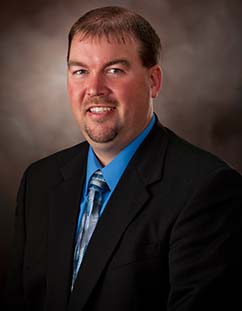The deadline for taking 2017 required minimum distributions (RMDs) is rapidly approaching: December 31, 2017. If you own a business and offer a 401(k) plan, it’s a good time to think about how you can make sure your older employees are aware of the RMD obligations, including how the rules differ for IRAs vs. 401(k) plans.
IRAs vs. 401(k)s
To avoid a huge penalty, individuals must take RMDs from their IRAs (other than Roth IRAs) on reaching age 70.5. However, the first payment can be delayed until April 1 of the year following the year in which the individual turns 70.5. (Beware: Different RMD rules apply to inherited IRAs.)
Distributions from 401( k)s are different; current employees don’t have to take 401(k) RMDs. Although the regulations don’t state how many hours employees need to work to postpone 401(k) RMDs, they must be doing legitimate work and receiving W-2 wages.
There’s an important exception, however: Owner-employees (if they own at least 5% of the company) must begin taking RMDs from the 401(k) beginning at 70.5, regardless of work status.
If someone has multiple IRAs, it doesn’t matter which one he or she takes RMDs from so long as the total amount reflects their aggregate IRA assets. In contrast, RMDs based on 401(k) plan assets must be taken specifically from the 401(k) plan account.
Calculating RMDs
RMD amounts change each year as the retiree ages, based on the applicable IRS life expectancy table.
For example, at age 72, the “distribution period” is 25.6, meaning that the IRS life expectancy table assumes that the account holder will live about another 25.5 years. Thus, someone age 72 must withdraw 1/25.6 of his or her IRA or 401(k) account. Percentage-wise, that is 3.91%.
If someone lives to age 90, the distribution period would be 11.4, resulting in an 8.77% RMD. Although the percentage amount increases over time, the IRS rules don’t force retirees to zero out their accounts. Still, if an account holder lives long enough, he or she isn’t likely to have a lot of funds remaining in the account at death.
Informed and Happy
Remember, informed employees are happy employees, which can lead to more engaged, productive employees. We’d be happy to assist you in providing the most current, accurate information.





